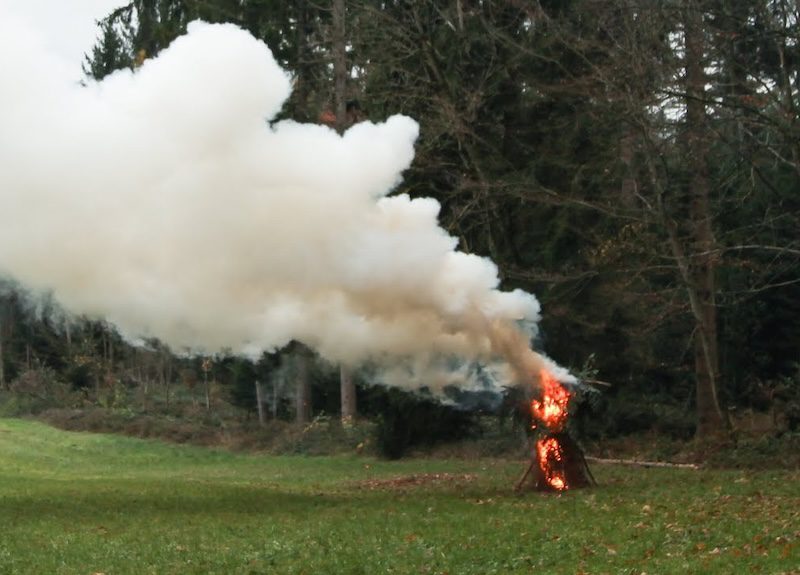General
Learning to signal for help in the wilderness is a critical survival skill. When signalling a plane you may have only a couple of minutes where the plane is in view, so have your signalling area and materials setup in advance.
Types
- Electronic Signalling Devices – Two-way radios, CB Radios and cellular phones are ideal if you’re in transmitting range. Personal locator beacons (PLBs) send distress signals to satellites, which then relay to ground stations your location. Campologists bring satellite phones when travelling in remote areas. GRSM radios are excellent for communications between team members when they separate either on purpose or by misadventure,
- Fire – Fire is most effective during darkness. Build three fires in a triangle formation. Build the fire in a clearing to be better seen and to reduce the risk of a forest fire. Burning a tree will also attract attention – but is extremely dangerous. A smoky fire is effective during daylight – create three columns of smoke.
- Mirror Or Shiny Objects – Mirror signals can be seen over 100 kilometres under normal conditions – best on a sunny day.
- Flashlight / Flares – Flashlights work well at night. Send a SOS signal. Try setting off your camera flash,
- Passive Signalling – Get into an opening or on a hilltop. Spread any items you can find in a ten foot circle around you. Use bright coloured items,
- Body Signals – With both arms raised and palms open means, “I need help”. With one arm raised and palm open means, “I do not need help”. One hand raised, and with only the longest finger extended means F#$% you – this is not recommended!
- Sound Signals – Sound signals can be effective – they can often travel further than your voice. Whistles, car, boat and compressed air horns are good sound signalers. Three of whatever sounds you make indicates “distress”.
- Ground Message – Learn the international ground to air codes. Mark the ground with a very large “SOS” or the word “HELP”. In snow covered areas, tramp down the snow to form letters. Fill in with contrasting material such as twigs or dirt. In sand, use vegetation. In brush-covered areas, cut out patterns in the vegetation.
Advertisement





No responses yet